Adaptive College Furniture for Every Learning Style
Versatile seating and desk solutions designed to support collaboration, focus, and mobility.
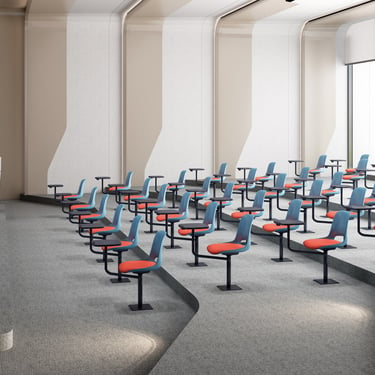
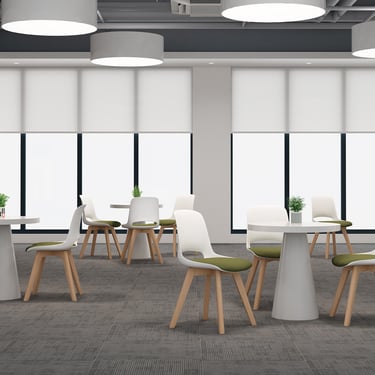
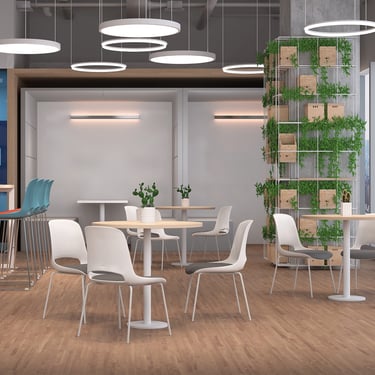
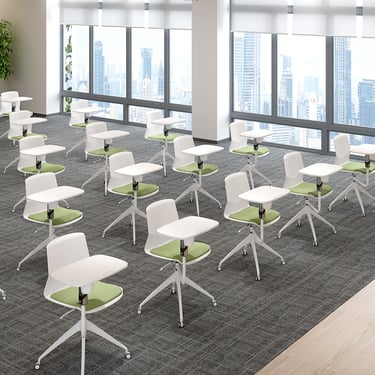
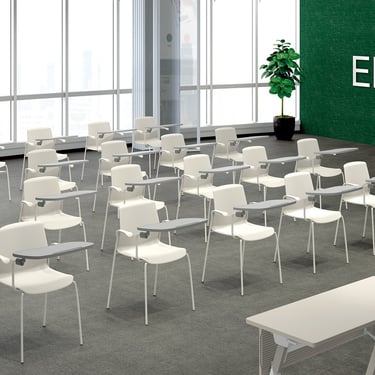
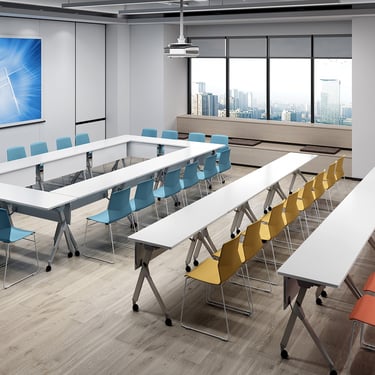
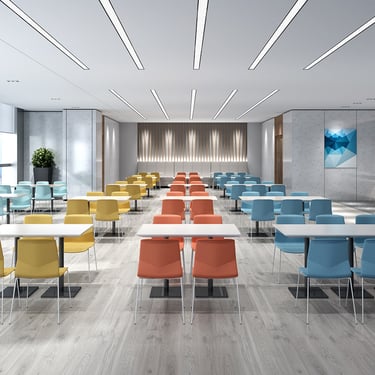
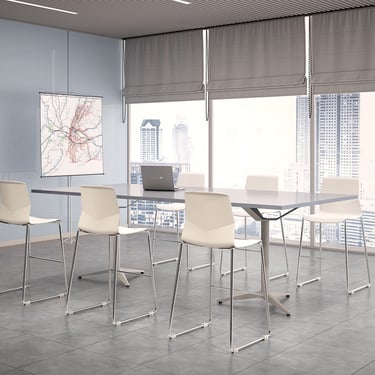
Creating Adaptive Learning Environments with Modern College Furniture
Modern college furniture is designed to be multifunctional, supporting the diverse learning scenarios found in today’s educational institutions. This shift toward dynamic and student-centred environments necessitates adaptable furniture that can be reconfigured easily to suit various needs. Below are key scenarios where modern furniture plays a crucial role:
1. Collaborative Learning Spaces:
Mobile tables and chairs enable easy rearrangement for group work, discussions, and collaborative projects.
2. Individual Study Areas:
Quiet zones with desks or study carrels offer focused, independent workspaces that support concentration.
3. Tech-Integrated Areas:
Desks and tables with built-in power outlets and charging stations accommodate laptops, tablets, and other devices, supporting digital learning.
4. Flexible Seating Options:
A variety of seating types — including stools, ergonomic chairs, and lounge-style seats — cater to different learning preferences and comfort levels, promoting engagement and well-being.
5. Makerspaces:
Durable workstations with generous table surfaces and integrated storage support hands-on, project-based learning, fostering creativity and innovation.
6. Outdoor Learning Environments:
Weather-resistant furniture extends the learning space outdoors, making open-air classes and group activities practical and comfortable.
7. Lecture and Presentation Areas:
Configurable seating arrangements accommodate traditional lectures and interactive presentations, ensuring clear sightlines and student engagement.
8. Sensory-Friendly Spaces:
Furniture tailored to support sensory needs — such as soft seating or quiet corners — helps create calming environments for students who benefit from reduced stimulation.
